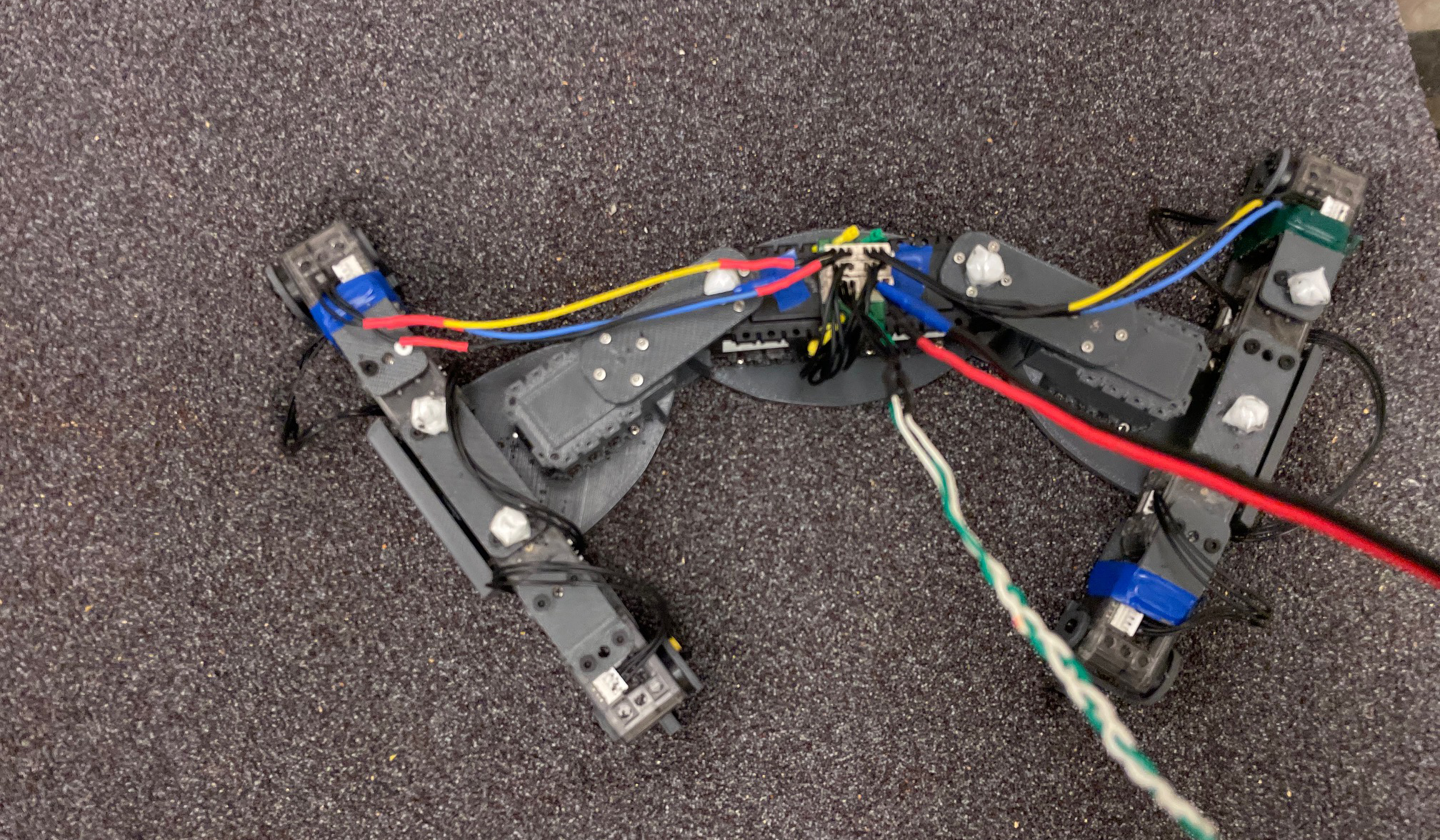粘り強い星が、超新星の修正モデルを検証する A tenacious star validates a revised model of supernovae
2022-06-23 カリフォルニア大学サンタバーバラ校(UCSB)
Ia型超新星と呼ばれる熱核超新星は、天文学者が宇宙との距離を測るために最も重要なツールの一つです。1998年以降、これらの爆発を観測することで、宇宙が加速度的に膨張していることが明らかになりました。
<関連情報>
- https://www.news.ucsb.edu/2022/020668/star-survived-supernova
- https://iopscience.iop.org/article/10.3847/1538-4357/ac3bbd
SN 2012Zは爆発前よりも明るく、消滅したわけではなかった:ハッブル宇宙望遠鏡の10年後の観測を比較する Still Brighter than Pre-explosion, SN 2012Z Did Not Disappear: Comparing Hubble Space Telescope Observations a Decade Apart
Curtis McCully, Saurabh W. Jha, Richard A. Scalzo, D. Andrew Howell, Ryan J. Foley, Yaotian Zeng, Zheng-Wei Liu, Griffin Hosseinzadeh, Lars Bildsten, Adam G. Riess, Robert P. Kirshner, G. H. Marion, and Yssavo Camacho-Neves
The Astrophysical Journal Published: 2022 February 1
DOI:https://doi.org/10.3847/1538-4357/ac3bbd

Abstract
Type Iax supernovae (SNe Iax) represent the largest class of peculiar white dwarf supernovae. The type Iax SN 2012Z in NGC 1309 is the only white dwarf supernova with a detected progenitor system in pre-explosion observations. Deep Hubble Space Telescope (HST) images taken before SN 2012Z show a luminous, blue source that we have interpreted as a helium-star companion (donor) to the exploding white dwarf. We present here late-time HST observations taken ∼1400 days after the explosion to test this model. We find the SN light curve can empirically be fit by an exponential-decay model in magnitude units. The fitted asymptotic brightness is within 10% of our latest measurements and approximately twice the brightness of the pre-explosion source. The decline of the light curve is too slow to be powered by 56Co or 57Co decay: if radioactive decay is the dominate power source, it must be from longer half-life species like 55Fe. Interaction with circumstellar material may contribute to the light curve, as may shock heating of the companion star. Companion-star models underpredict the observed flux in the optical, producing most of their flux in the UV at these epochs. A radioactively heated bound remnant, left after only a partial disruption of the white dwarf, is also capable of producing the observed excess late-time flux. Our analysis suggests that the total ejecta + remnant mass is consistent with the Chandrasekhar mass for a range of SNe Iax.



